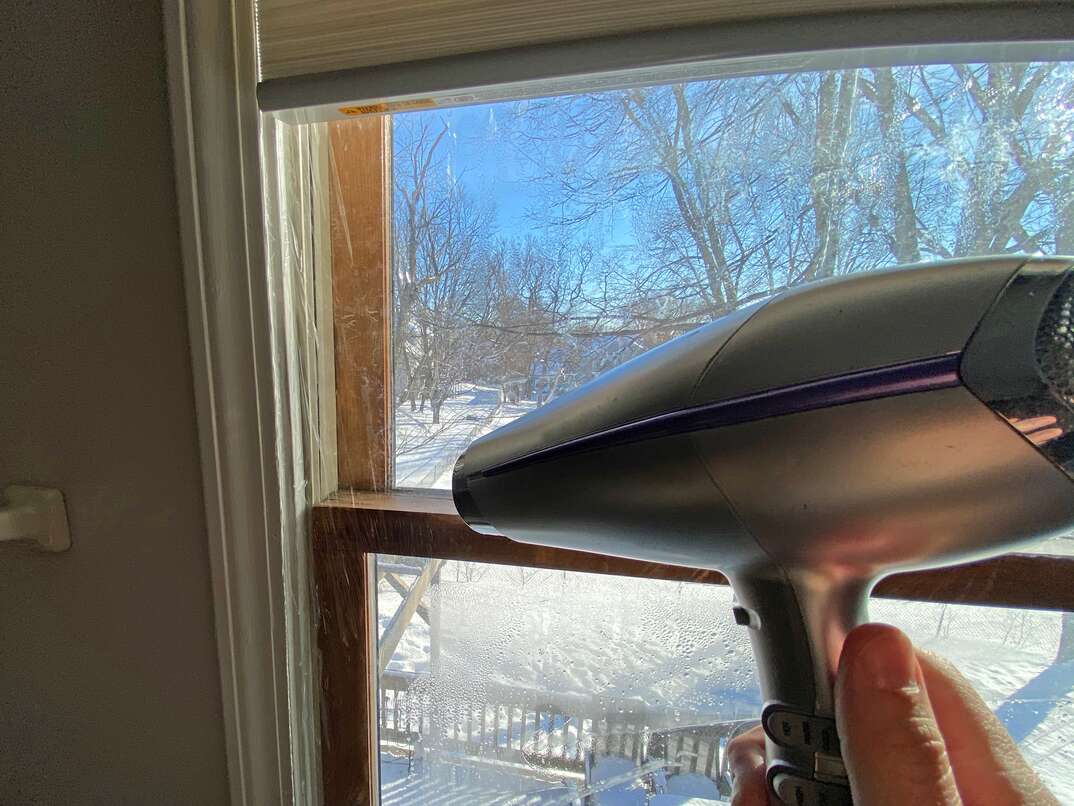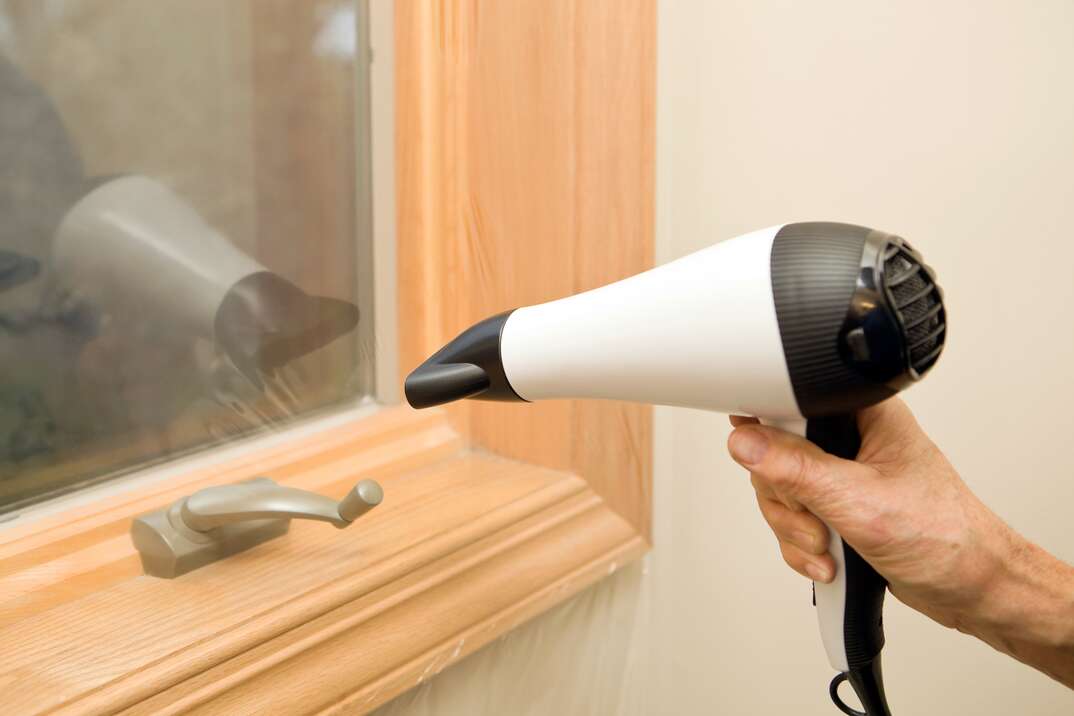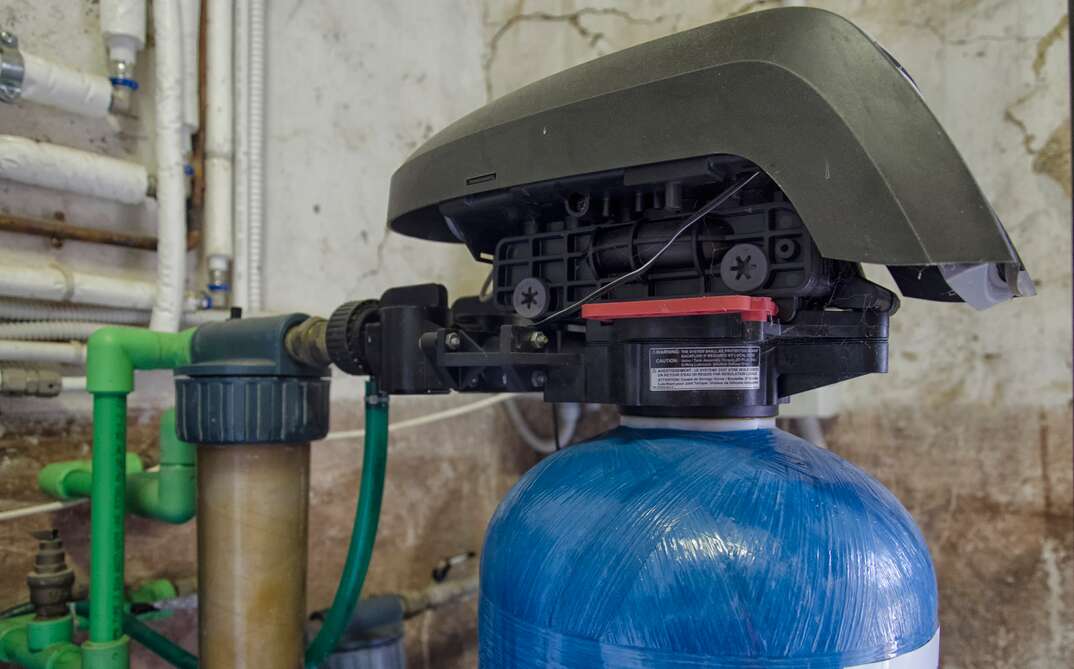How to Move: A Guide to Preparing for Moving Day
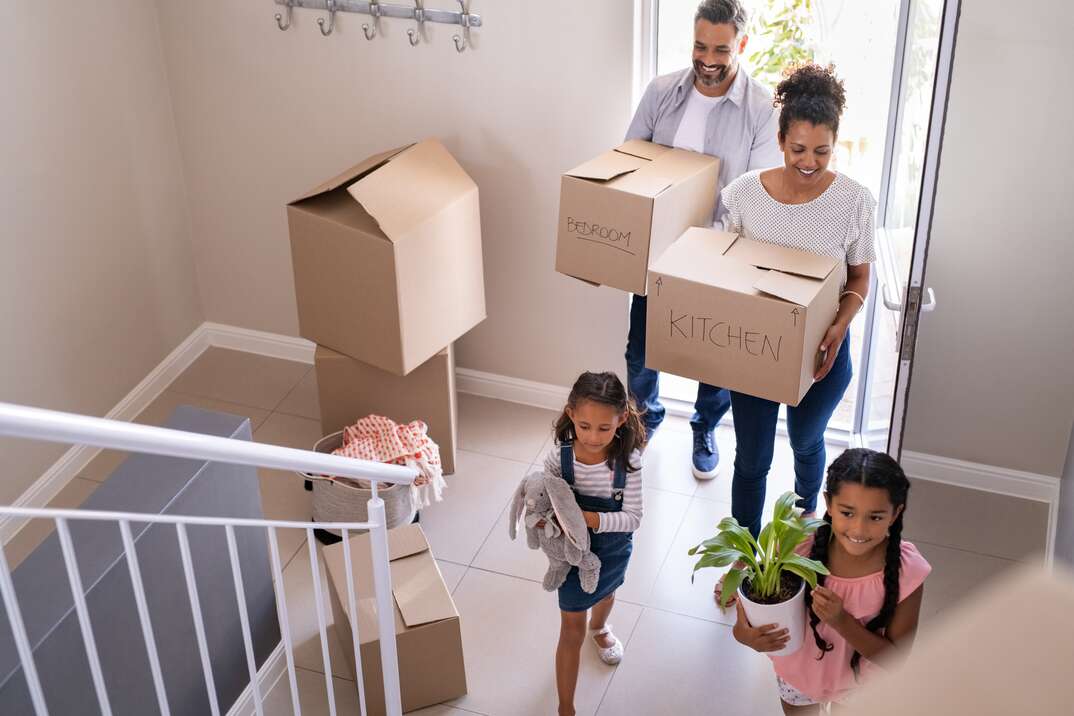
A new home is on the horizon. The only thing standing between you and your brand-new space is packing up everything you own and figuring out how to transport it. And don't forget handling utilities, changing your mailing address, enrolling your kids in a new school and finding your new favorite coffee shop close to your new home … Hmm. Maybe this is all a lot more work than you thought.
This May Also Interest You: Take the Stress Out of Moving With These Helpful Tips
Moving can seem overwhelming, but knowing how to stay organized before and during the move can reduce your stress. Here’s a top to bottom guide to moving house.
What’s the First Thing to Do When Moving?
The first thing to do when figuring out how to move is to decide on the moving date and method. This allows you to plan all other aspects of the move. Once you know the date, you can create your timeline for all the other moving tasks.
Knowing how you plan to move also affects the steps you need to take. If you're hiring a full-service moving company to pack and move everything for you, for example, you don't need to worry about putting everything into boxes yourself. If you're using moving pods, you need a location for the company to drop off the containers.
What Are the Steps to Moving?
Everyone’s moving checklist might look slightly different, but the following steps are common:
- Choose your moving date.
- Set a moving budget.
- Decide on your moving method. (Will you move yourselves, hire a full-service company or use moving pods?)
- Create a timeline and checklists to stay organized.
- Downsize and declutter your belongings before packing and moving.
- Inventory your belongings.
- Pack your belongings.
- Arrange to disconnect utilities in your current home and start them in your new home.
- Change your address with all service providers, contacts and other people who need your new address.
- Research new schools, driver's license requirements, voter registration and any services you need in your new location, especially if you’re crossing state lines.
- Make last-minute arrangements for moving day, such as a babysitter or pet sitter.
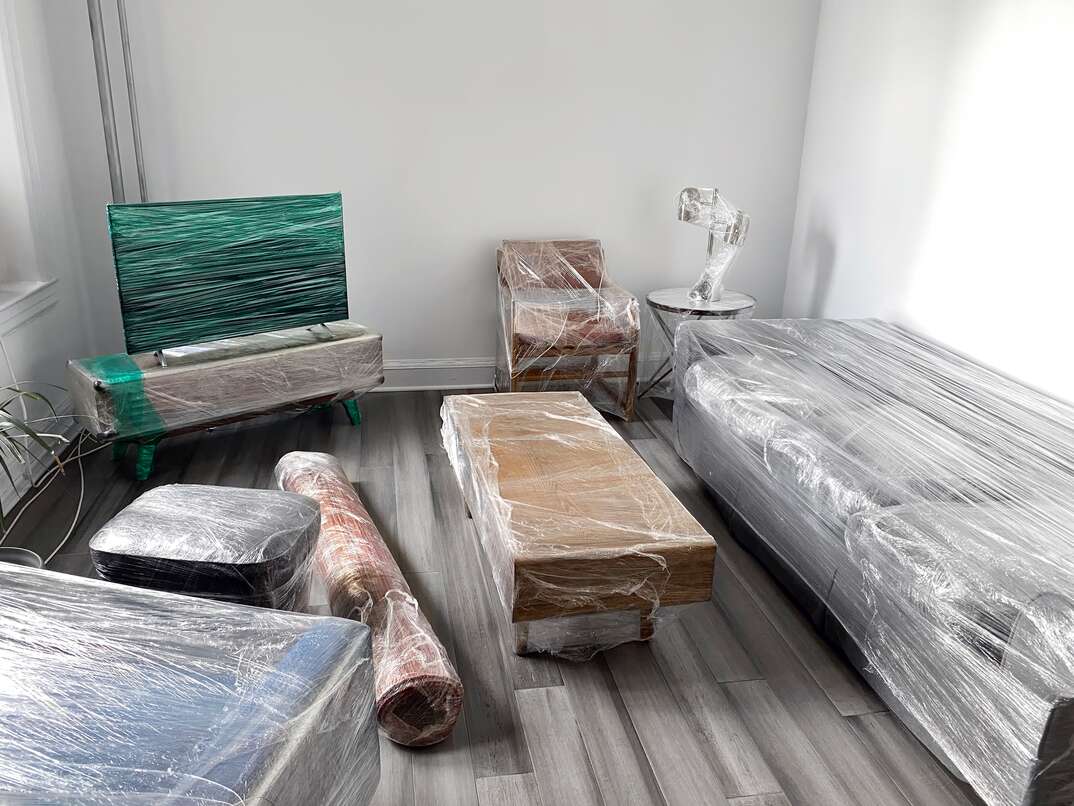 -------------------------------------------
-------------------------------------------
How Should I Organize Before Moving?
The best way to stay organized is to start planning as early as possible. Create a moving timeline with corresponding checklists to keep yourself on track. A binder with all of your moving checklists, documentation, contracts and other paperwork keeps everything in a central location.
Other ways to organize before you move include:
- Decluttering your home before you start packing
- Creating a color-coding system for packing
- Numbering boxes and creating a master list of what's inside
- Packing a moving-day essentials bag or box of things you need easy access to to keep them separate from items going on the truck.
- Renting a short-term storage unit to hold items once you pack them
How Soon Before Moving Should I Start Packing?
The earlier you can start the move planning and packing processes, the less stressed you'll feel as moving day approaches. The general recommendation is to start packing two to three weeks before you move. If you have a large home or lots of belongings, it might take longer. Aim to have everything packed at least one to two days before your moving day so you're not scrambling at the last minute.
The packing process is easier if you start planning the move one to two months in advance. Decide what you'll pack first and what needs to wait until right before the move. Creating a timeline for packing can help. Things you rarely use can be packed first, but you'll want to wait until closer to moving day to pack essentials that you use daily.
It's also a good idea to thin your belongings before you pack. A month or more before your move, sort through your stuff and get rid of things you no longer want or need. With fewer things to take, the packing process is much faster once you start.
 -------------------------------------------
-------------------------------------------
Moving Yourself Vs. Hiring a Moving Company
One of the biggest decisions when figuring out how to move is choosing whether to hire movers to help you. A DIY move saves you money, but it takes a lot more work. You'll have to rent a truck, and you’ll probably need help from friends or family to load up the truck. You could also do a half-and-half method and hire people just to help load and unload the truck. Be aware that some moving companies will not load items into third-party trucks for liability reasons.
Hiring a moving company costs more, but it also means you won’t have to break a sweat on moving day, and you can focus on more important tasks. Moving companies typically offer different levels of service. You can pack your belongings yourself, and they'll load your items, drive to the new home and unload things there. You can also choose a full-service option where the company packs everything into boxes for you before loading and moving everything.
According to Move.org, renting a moving truck to do it yourself typically costs between $120 and $200 for a local move or $1,500 to $2,300 for a long-distance move. You'll also need to pay for gas in the truck, and you might have to pay for mileage. If you hire someone to help load or unload the truck, it typically costs $45 to $80 per hour. A full-service move averages $550 to $2,000 for a local move and $2,000 to $7,500 for a long-distance move, but it can cost a lot more depending on the distance.
More Related Articles:
- How to Do a Home Inventory Before Disaster Strikes
- We Gotta Move These Refrigerators: A Step-by-Step Guide to Moving Your Fridge
- How to Move Your Clothes Dryer
- How to Move Your Washing Machine
- How Much Does Homeowners Insurance Cost?
Creating Timelines and Checklists
A timeline and checklist can keep you on track throughout the move. Calculate how long you have until your moving date and all the things you need to do before then. Assign each task a deadline, and create a timeline with those tasks in chronological order.
Creating several checklists also helps with organization. Create checklists for:
- Appointments you need to schedule before and after moving
- Decisions you need to make about the move
- Packing for each room
- Moving day tasks
- Things you need to buy for the move
- Calls you need to make related to the move (utility companies, DMV, etc.)
Printing these checklists and putting them in a binder keeps everything organized. Checklists also keep you motivated as you check each item off the list.
Decluttering Your Belongings
If you have time before you move, sort through your belongings and sell, donate or toss things you don't want to move. Start by deciding whether you’ll move large items, like your washing machine and dryer, or leave them with the house. Move on to smaller items, going through one room at a time to declutter.
Packing Your Home
Packing can be a lengthy process, so give yourself as much time as possible to do it. If you have time to declutter, it can make the packing process easier since you have less stuff left.
Here are some tips for packing your home:
- Gather supplies: Have your moving boxes, bubble wrap, tape, labels and other packing supplies ready. Set up a station for those supplies to keep track of them.
- Start with things you don't need: Pack anything you don't need between now and when you move first. This includes decorations, books, wall art, extra dishes and anything else you can survive without for the next few weeks.
- Go room by room: It's often easiest to stay organized if you focus on one room at a time, packing everything you can before moving to the next room.
- Label thoroughly: Don't just write the name of the room on the box. Include details on what's inside to make it easier when you unpack. Color coding the boxes by room and then listing specific contents is an effective system. There are also several apps that generate QR codes for you to label your boxes. When you scan the QR code, the app will remind you what’s inside.
- Use up items: Slow down on buying consumable items, such as food and toilet paper, before your move. Use the items you have on hand so it's easier to clean up and pack.
- Don't skimp on padding: Use plenty of newspaper, bubble wrap or other cushioning materials when packing your belongings to prevent broken items.
Preparing for Moving Day
Moving day can be stressful if you're not prepared. These moving day tips can help make it easier:
- Set aside a separate bag or box of everything you need on moving day so it doesn't get loaded with everything else.
- Make a moving day checklist to keep you on track.
- Verify with the moving truck rental company or full-service moving company to ensure they have your reservation.
- Make arrangements for your kids and pets on moving day to keep them safe and out of the way.
- If you’re moving yourself, make sure you have tools on hand to make the move easier, such as an appliance dolly.
- Give specific assignments to anyone who's helping. This keeps everyone busy and saves you time because you don't have to find more things for people to do.
